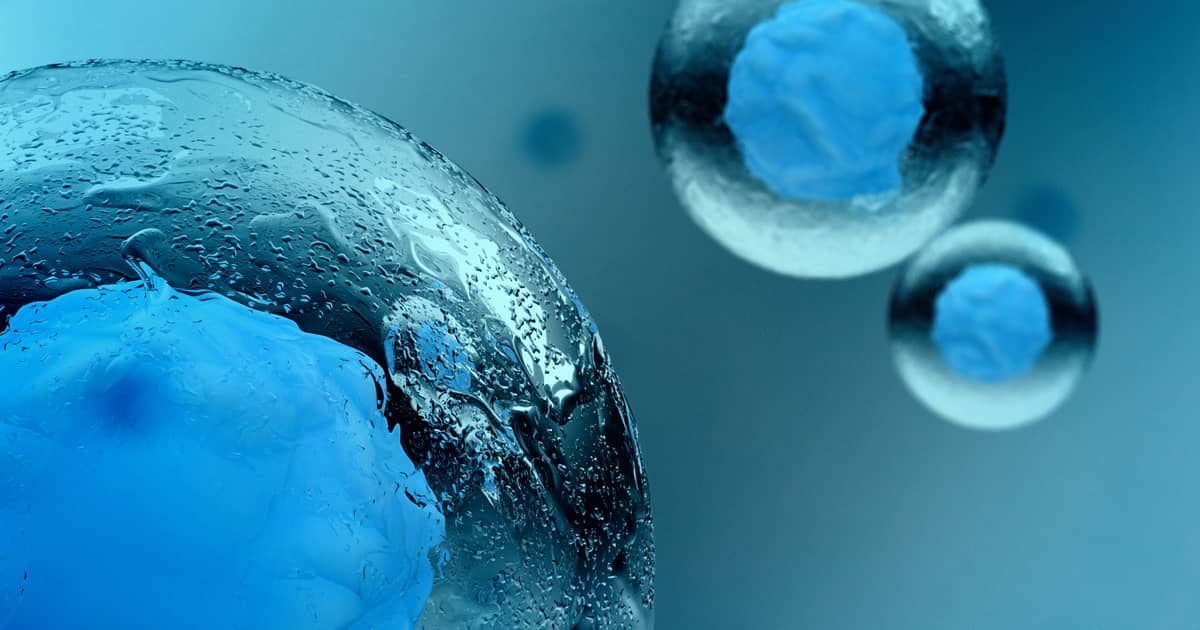In February 2022, it was reported that a woman living in the United States who underwent a dual stem cell transplant achieved a state of HIV remission. This finding was first presented at the 29th Conference on Retroviruses and Opportunistic Infections (CROI 2022). This unnamed individual, referred to as the so-called “New York patient”, had suffered from acute myeloid leukemia (AML). The transplant she received in 2017 was a vanguard combination of particular stem cell transplants.
Specific Details About The Transplant
“New York patient” was the first woman and the third person to be ‘cured’ of HIV through the help of stem cell transplants. It is said that “New York patient” developed acute myeloid leukemia while on antiretroviral therapy (ART). The cancer appeared 4 years after she was diagnosed with acute HIV infection. Other information on the patient is she is a mixed-race and middle-aged woman. Prior to receiving the stem cell transplant as part of a clinical trial, the woman had gone through regular leukemia chemotherapy. What is more, her HIV was managed albeit the virus was still detectable in her blood.
In 2017, a transplant of umbilical cord blood stem cells with a CCR5 mutation was performed on her. This stem cell transplant was also complemented by stem cells from an adult relative’s bone marrow. 100 days after the transplant took place, 100% cord blood cells were implanted in her, leading to no detectable HIV. The patient halted ART 37 months after the transplant and ever since, no HIV has been detected. The undetectable status has gone on for 14 months and at the 14th week after treatment was stopped, only a momentary detection of HIV DNA’s trace levels was spotted in the patient’s blood cells.
The clinical trial in which the woman partook in is called The International Maternal Pediatric Adolescent AIDS Clinical Trial Network (IMPAACT). The aim of this study is to observe and report the results of cord blood stem cells with a CCR5 mutation transplantation with the hopes of treating cancer and hematopoietic disease. The logic of this study is that after chemotherapy is performed on people with cancer or other illnesses, a stem cell transplant with the CCR5 mutation can alter the immune system to make it impervious to HIV.
Two successful cases of HIV remission thanks to stem cell transplants have been recorded before. The first patient was called “the Berlin patient” who also had acute myelogenous leukemia and was subjected to a bone marrow stem cell transplant. He achieved HIV remission for 12 years before his passing in 2020 due to recurrent leukemia. The second case was reported more recently. Adam Castillejo was formerly known as the London patient. In 2019, news broke that a second man had undetectable levels of HIV after receiving a stem cell transplant. Unlike the Berlin patient and the New York patient, what Adam was suffering from was Hodgkin lymphoma. Adam’s results confirming his HIV remission came 30 months after the transplant was completed.
Can Stem Cell Transplants Be An All-Around Cure for HIV?
Although there are already 3 proven cases where stem cell transplants did lead to HIV remission, it is too early and dangerous to assume that this method can act as a universal cure for the disease. While this finding is being welcomed as a new approach to curing HIV, it is important to note that stem cell transplants are still a very risky and complicated medical procedure to perform and is not deemed feasible to be tried on millions of people living with HIV. The problem also lies in the method’s scalability. This treatment comes with significant risks and is only recommended for HIV-positive people with cancer needing blood stem transplants.
Despite the fact that the New York patient has been free from HIV for a considerable amount of time, specialists would prefer to describe her as being in a ‘long-term remission’ rather than ‘cured’.
A new and cutting-edge transplant technology, the dual stem cell transplant, also known as haplo-cord transplant), requires the stem cell transfusion from an umbilical cord of neonates supplemented with bone marrow’s stem cells of an adult donor. The dual stem cell transplant is usually performed on those with high-risk cancers. What makes this procedure safer and faster is the fact that it involves less restrictive human leukocyte antigen (HLA) sample matching compared to adult stem cells-only transplants.
This successful case bears a great significance partly because of the patient’s gender and mixed-race ancestry. Prior to this, the genetic abnormality which allows HIV resistance is mostly found in those of Northern Europe ancestry. Considering this, the New York patient can be said to be an understudied population.
The journey to finding a cure for HIV is a path paved with both failures and success. Still, the fact that there is a third person who attained HIV remission through stem cell transplant shows that new medical approaches are always welcome time and again. While it is fine to be hopeful about this, this strategy will not work on HIV-positive people who are not suffering from this kind of malignancy. Stem cell transplant is not a feasible procedure for every HIV patient.
Prevention Is Key
It is true that HIV cannot be cured, but it sure can be prevented. HIV prevention can take the form of:
Practicing safer sex: using condoms and other barrier methods such as dental dams regularly can reduce the risk of contracting HIV
HIV PrEP: PrEP is meant for people who are at risk of contracting HIV from their sexual partners (including people who fail to practice safe sex). Taken orally, PrEP can lessen the risk of getting HIV by 99% if consumed daily
HIV PEP: If you feel like you might have gotten exposed to HIV, there is a prevention method named post-exposure prophylaxis (PEP) that should ideally be consumed within 72 hours after suspected exposure

